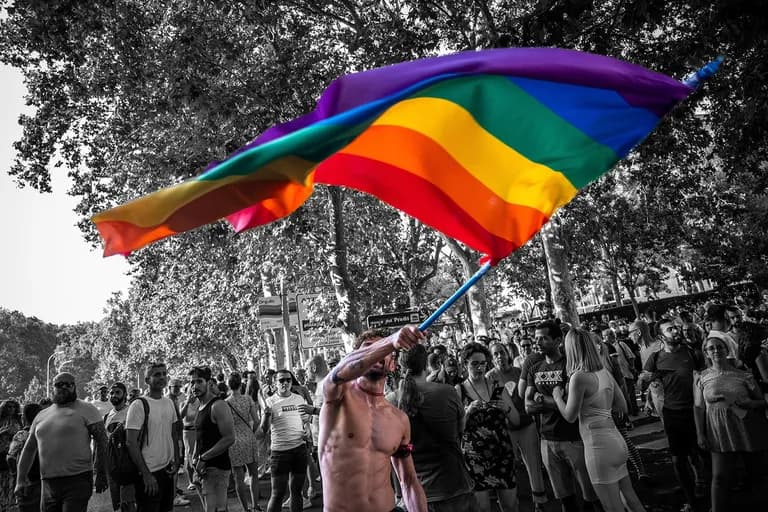Summary
The story of the rainbow flag is a lot more complicated than most tellings would suggest. It starts with an anti-gay ballot initiative and ends with accusations of a decades-long lie. In the spring of 1978, queer Californians were under attack. A right-wing backlash against the rising visibility of gay people was sweeping the country.
Until his death in 2017, Baker maintained that he originated the idea for a rainbow flag. He liked the idea of a flag as a statement of revolution in the U.S., France, and elsewhere. Baker has been credited as the creator of the rainbow flag by history books and major institutions.
In 1978, the 300,000 people who attended Gay Freedom Day in San Francisco saw a sight that captured the whimsy and joy of queer celebration. It would be several more years before the rainbow flag was adopted by the larger queer community. In 1985, a convening of Pride organizers from around the world took a vote on an official international symbol for the LGBTQ community.
This year, Segerblom has been more vocal than ever with her accusation that Baker lied about generating the idea for the flags. In a new podcast series and oral history, Seerblom and a few friends express anger at what they said were Baker’s deliberate misrepresentation of how the idea came about.
In 1978, the first gay rainbow flags were made as a communal effort, not by a single person. The flag has been neutered of its meaning in the decades since its creation. The people who made it in 1978 gave queer people an enduring gift: an association with creativity.
